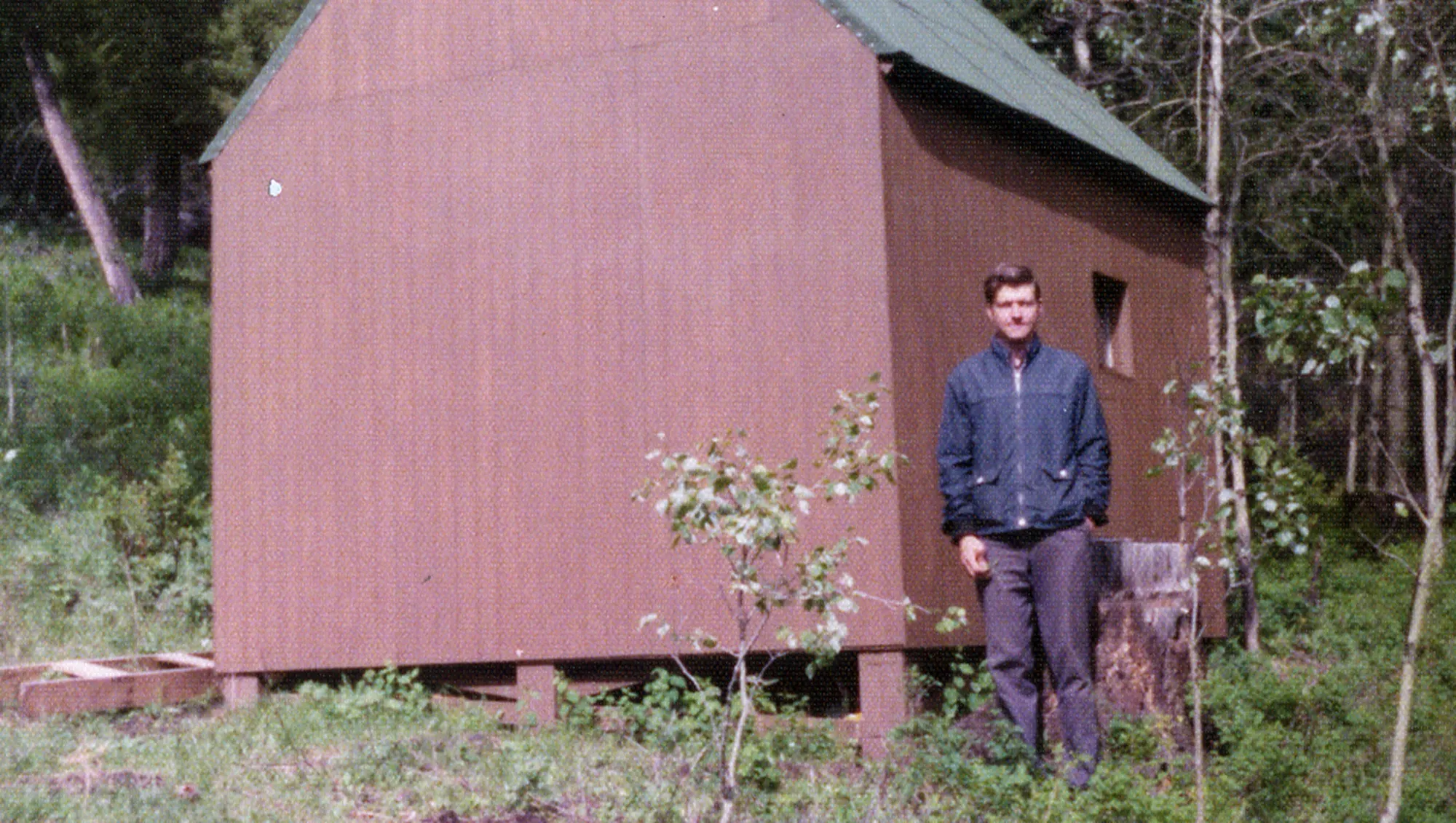It all begins with the emergence of cyberpunk as a subgenre of science fiction, a resounding success that was consolidated thanks to the combination of a pessimistic future with advanced technology. However, it was not just a dystopian future, something we had already seen in 1984 or Brave New World . What was characteristic of cyberpunk was a world where corporations had total control over society, humans lived connected to a quasi-ubiquitous information network, civilization was concentrated in monstrous megalopolises, and individual quality of life was degraded to the maximum. Neuromancer , Blade Runner , Akira , Snow Crash , Ghost in the Shell , the list is extensive.
Following the emergence of cyberpunk, the literary genre expanded its reach with other "punk" subgenres. If I'm not mistaken, the first divergence was steampunk, a retrofuturism based on the preeminence of the steam engine and societies stuck in the Victorian era. Many more variants later appeared, such as dieselpunk and atompunk. And in a less popular, but no less interesting corner, solarpunk, which proposes a future in which technology and quality of life advance in harmony with the planet. Furthermore, it attempts to capture the imagination in the key of non-dystopian futures, something that Leandro Ocón addresses in his work on Solar Punk and which is, in some ways, the guiding idea of the book Why Capitalism Can Dream and We Can't? by Alejandro Galliano .
Beyond literary genres—or perhaps right at their core—another key concept emerges that defines these futures based on two variables: technology and quality of life. Tech & Life , both with a degree ranging from high to low . This is what we see in the meme that organizes the different subgenres within these pairs, where cyberpunk once again serves as the starting point for retracing the concept.
Beyond my unrestricted defense of cottagecore (the dream of living in a mountain cabin, tending a garden and a farm), I want to expand on the idea that gives this article its title: Low Tech High Life (LT-HL).
Technology and quality of life
The idea of Low Tech High Life is partly linked to the concept of cognitive sovereignty . First, because it opens up a space for "design" in the possibility of considering the uses we give to technology and the time we spend both purchasing new devices and learning how to use them, generally to replace functions we already had mastered. This reflection covers several points: time and money, cost-benefit ratio, and cognitive load.
Time and money
How much of our lives do we spend acquiring technology? Do we really need the latest and greatest? A clear example is the purchase of smartphones: many people upgrade their phones every one or two years, even though their current device still works perfectly. Instead, opting for older or refurbished models can reduce costs and extend the device's lifespan without sacrificing functionality. Not to mention the possibility of removing all the software from a phone and running it on a free software distribution.
Cost-benefit
Does the technology we buy justify its price in terms of improved quality of life? Consider smartwatches: some offer advanced features like health monitoring and full connectivity, but they also require frequent charging and don't always provide significant benefits compared to a traditional watch or phone. Evaluating which technology truly adds value to our daily lives is key.
Cognitive load
How much complexity do we add to our lives with each new technology we incorporate? A typical example is smart home voice assistants. While they can be convenient, they also entail constant dependence on connectivity and updates, and are vulnerable to failures or service interruptions. Opting for traditional solutions, such as manual switches instead of smart lights, can avoid this cognitive overload.
Everyday examples of LT-HL
In Argentina, these ideas may resonate with the classic " good, nice, and cheap" approach . Consider the use of bicycles versus cars for urban commutes. The cost-benefit ratio is very different, but there's no doubt that a bicycle can perfectly replace a car for many people, avoiding an expense of $10,000-$20,000 and facilitating shorter commute times between places, given that bicycles can also be combined with public transportation like the train. Of course, these decisions depend on the context, the family, and individual needs.
Of course, there are scales within this concept. Not having internet is more low-tech than having it, but even within internet use, some options are more low-tech than others. An example is the difference between streaming platforms and torrent downloads. While streaming requires a permanent connection, monthly payments, and constantly rotating offerings (forcing us to search for which platform has what we want to watch), downloading a movie and saving it to a hard drive is a more stable and free solution. Alternatively, using physical formats like DVD, VHS, or Blu-ray also allows you to watch content without relying on the internet, although it entails other costs and logistical difficulties.
Another example is music. Speakers with a mini-plug input easily replace a Bluetooth speaker in many cases. While Bluetooth is useful for mobility and places without power outlets, in a home or apartment it's an inefficient solution. Using a battery not only means you have to monitor it, recharge it, and make sure you have a charging source available, but also when the battery degrades or stops working, the speaker becomes unusable because batteries are often non-replaceable or expensive to repair.
The same goes for headphones: I've had two Bluetooth pairs stop working due to battery failures in the same period that a single pair with a mini-plug continues to work without problems. And I'm also thinking of traditional and electric screwdrivers, whose use is understood in workshops, factories, and construction sites, but at home they seem like a case of over-engineering: when something has been pushed beyond the point of optimization.
These cases demonstrate how reliance on batteries impacts the durability and maintenance costs of devices, especially mobile phones and computers. In this regard, it's worth highlighting the work of the cybersurgeon community , dedicated to reusing technological components that the market considers "obsolete" but still have a useful life.
A survival strategy
In every area we review, there are low-intensity solutions that improve the quality of everyday life. It's the difference between buying a PS5 with an annual subscription to play triple-A titles for $60 versus buying a chipped PS2 and playing its entire classic catalog for a fraction of the price. Or getting a Victorinox, the quintessential low-tech item.
Ultimately, Low Tech High Life isn't a dogmatic stance that rejects technological advancement or the acceleration it entails. It's a survival strategy to modulate the pace at which we want to expose ourselves to technology, prioritizing well-being over planned obsolescence and dependence on external systems. It's not a question of nostalgia or technological romanticism, but of finding a realistic balance between what makes our lives easier and what unnecessarily complicates them. It's about the robustness of mechanics versus the fragility and obsolescence of electronics.
When was the last time you went fishing with friends?


PS : Did you see the similar vibe of the Unabomber's cabin and Wittgenstein's? 👀



